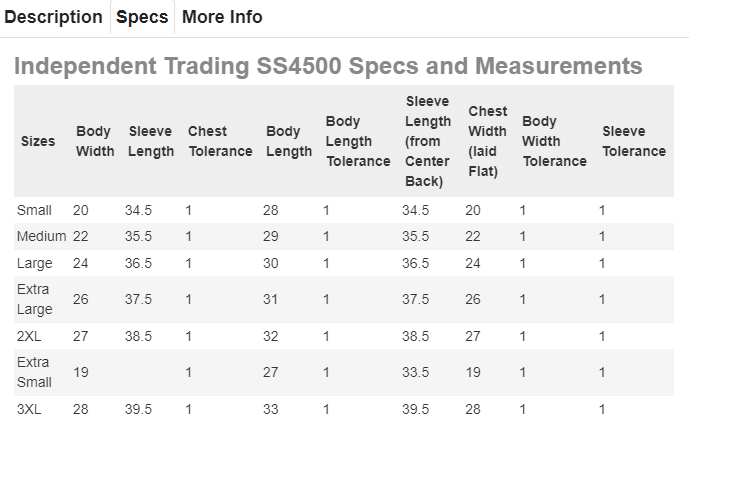
Finding the right size when shopping for clothes, especially online, can sometimes feel like a guessing game. However, with the help of sizing charts and some understanding of apparel sizing, that perfect fit is well within reach. Here’s a deep dive into the world of apparel sizing and how to find your ideal match.
The Essence of a Sizing Chart
A sizing chart is a retailer’s guidepost, offering clarity to online shoppers about how a garment’s size corresponds to body measurements. Its primary goal? To ensure you pick clothing that fits like a dream.
There are two broad categories of sizing charts:
1. Internal Size Chart: This is an industry secret and is primarily used to ensure consistent garment development and sizing. It involves complex processes like pattern making and grading.
2. External Size Chart: This is the consumer’s compass. Found on product pages, it typically displays key measurements, such as bust, waist, hip, and height. Its objective is to guide consumers towards making a fitting choice.
For the purpose of this article, our focus will be on the external sizing chart.
The Relevance of Sizing Charts
While in-store shopping gives the tactile advantage of ‘trial-ability,’ online shopping necessitates effective communication of fit. Dan Weinsoft, an ecommerce conversion strategist, highlights sizing as a pivotal factor driving in-store shopping. The tangible experience of trying on clothes, absent in online shopping, necessitates innovative approaches to articulate fit. Size charts bridge this gap. They augment customer understanding, minimize returns, curtail the need for live support, and elevate conversion rates. Here’s why sizing charts are the unsung heroes of online fashion:

– Guided Choices: Especially for newcomers to a brand, sizing charts help decode fit expectations.
– Minimized Returns: Accurate sizing leads to fewer returns, resulting in happy customers and efficient businesses.
– Reduced Customer Support Queries: An exhaustive sizing chart reduces sizing-related queries, enhancing the overall shopping experience.
– Elevated Conversion Rates: A straightforward sizing guide streamlines the purchasing process, encouraging more conversions.
Brands like Columbia have aced the art of online sizing guidance, making the online shopping experience almost as tangible as the offline one.
Five Best Practices for Effective Sizing Charts
1. Clarity is Key: Simplify sizes for consumers. If your apparel is sized as small, medium, or large, provide numerical equivalents. Offer comprehensive measurements in universally understood metrics.
2. Beyond Measurements: Not everyone will have a measuring tape handy. Consider including descriptors like ‘fitted’ or ‘loose,’ and offer algorithmic size predictors based on height, weight, and age.
3. Ubiquity: Ensure that every product page either hosts a size chart or offers a link to it.
4. Integrate Customer Reviews: Reviews with sizing feedback, especially those that juxtapose ‘expected’ and ‘actual’ fit, can be goldmines for other customers.
5. Flexible Returns: Confidence in purchasing is often bolstered by a hassle-free return policy. Whether it’s a ‘Buy Online, Return In-Store’ model or traditional returns, offering clarity and flexibility can enhance consumer trust.
Wrapping Up
Sizing, especially in the realm of online shopping, requires a blend of precision and empathy. As you navigate the digital aisles of your favorite brands, armed with the insights from size charts, remember that the journey to the ‘perfect fit’ is an art, one that’s enriched with every purchase.
With Blankstyle’s commitment to quality and clarity, your next perfect fit is just a click away. Happy shopping!